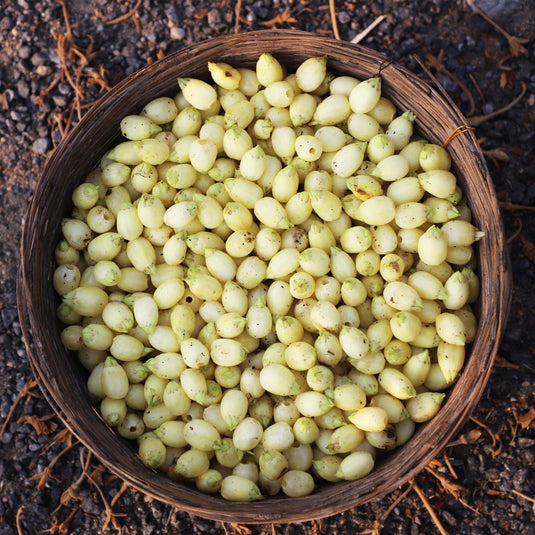There are many different species of bees that produce honey, each with its own unique characteristics and properties. Two of the most well-known species of honeybees are Apis Dorsata and Apis Mellifera, which are known for producing distinct types of honey.
Apis Dorsata, also known as the giant honeybee or rock bee, is a species of honeybee found in South and Southeast Asia. They are the largest species of honeybee and are known for their aggressive behavior and large honeycombs that can reach up to 1.8 meters in length. The honey produced by Apis Dorsata is known as rock honey or cliff honey and is highly prized for its medicinal properties.
Apis Mellifera, on the other hand, is a species of honeybee that is native to Europe, Africa, and Western Asia but has been introduced to many other parts of the world for commercial beekeeping. They are known for their docile behavior and are the most commonly used species in modern beekeeping practices. The honey produced by Apis Mellifera is the most widely consumed type of honey in the world and is known for its wide range of flavors and nutritional properties.
One of the main differences between the honey produced by Apis Dorsata and Apis Mellifera is the types of flowers that the bees feed on. Apis Dorsata feeds on the nectar of wildflowers and plants found in forested areas, whereas Apis Mellifera feeds on a variety of flowers, including agricultural crops such as clover, sunflower, and citrus. As a result, the honey produced by Apis Dorsata tends to have a stronger, more intense flavor compared to the honey produced by Apis Mellifera.
Another key difference between the honey of Apis Dorsata and Apis Mellifera is the way in which the honey is harvested. In traditional methods of harvesting rock honey, the honeycombs are cut from the rock face and the honey is extracted using a press or by crushing the honeycombs. This method of harvesting can be dangerous and requires a great deal of skill and expertise. In contrast, the honey produced by Apis Mellifera is typically harvested using modern beekeeping techniques, such as using frames and centrifugal extractors.
The color and texture of the honey produced by Apis Dorsata and Apis Mellifera can also differ. Rock honey is typically a dark amber color and has a thick, creamy texture, while the honey produced by Apis Mellifera can vary in color from light to dark depending on the types of flowers the bees feed on. The texture of Apis Mellifera honey can also vary depending on the processing method used, with some types being creamy and others being more liquid.
In terms of nutritional properties, the honey produced by Apis Dorsata and Apis Mellifera both contain a range of vitamins, minerals, and antioxidants. However, the exact nutritional content of the honey can vary depending on the types of flowers the bees feed on and the processing methods used. Generally speaking, honey is a good source of carbohydrates and can provide a quick energy boost.
Finally, it's worth noting that the production and harvesting of honey from both Apis Dorsata and Apis Mellifera can have environmental implications. Commercial beekeeping practices can have a negative impact on bee populations and can contribute to the decline of wildflowers and other pollinators. Additionally, the use of pesticides and other chemicals in agriculture can also affect the quality and purity of the honey produced by both species of honeybees.


